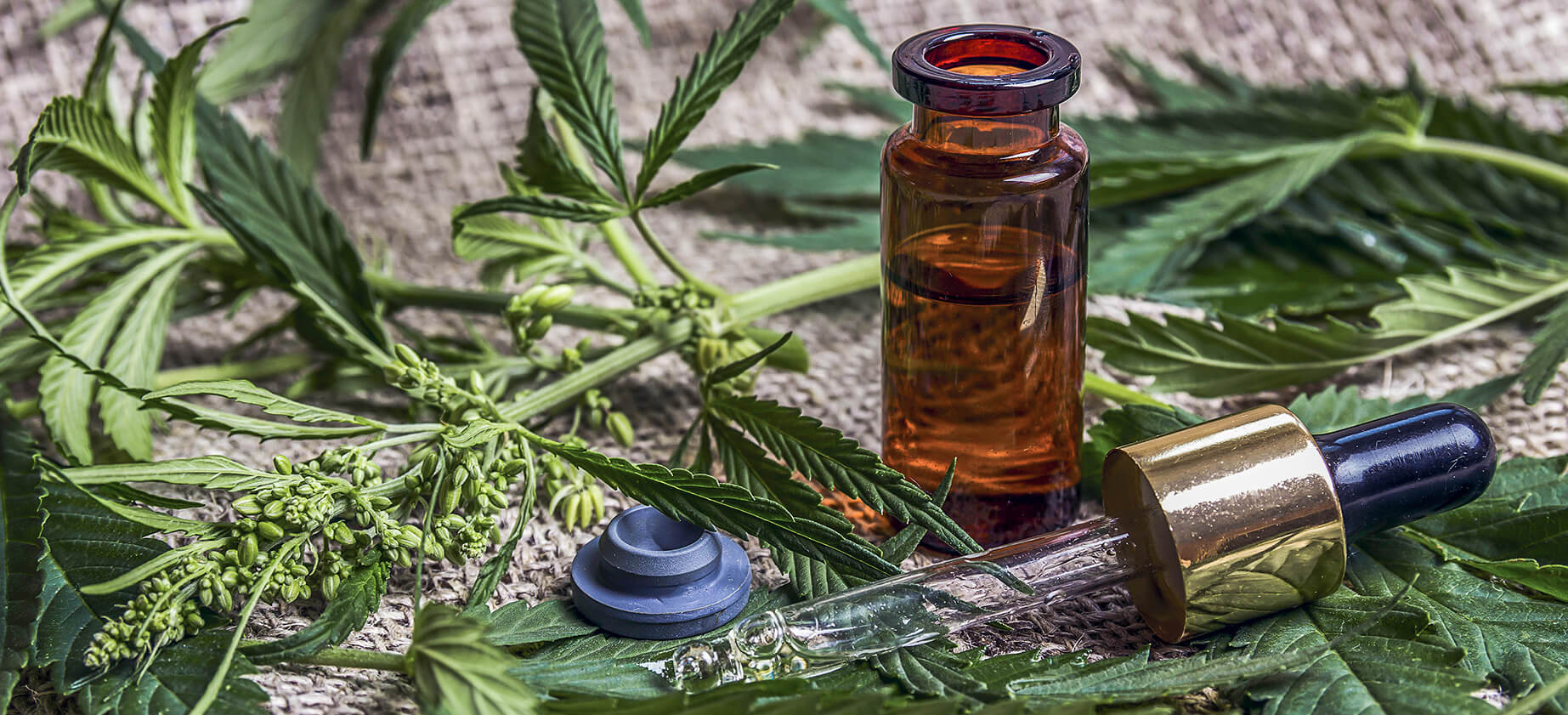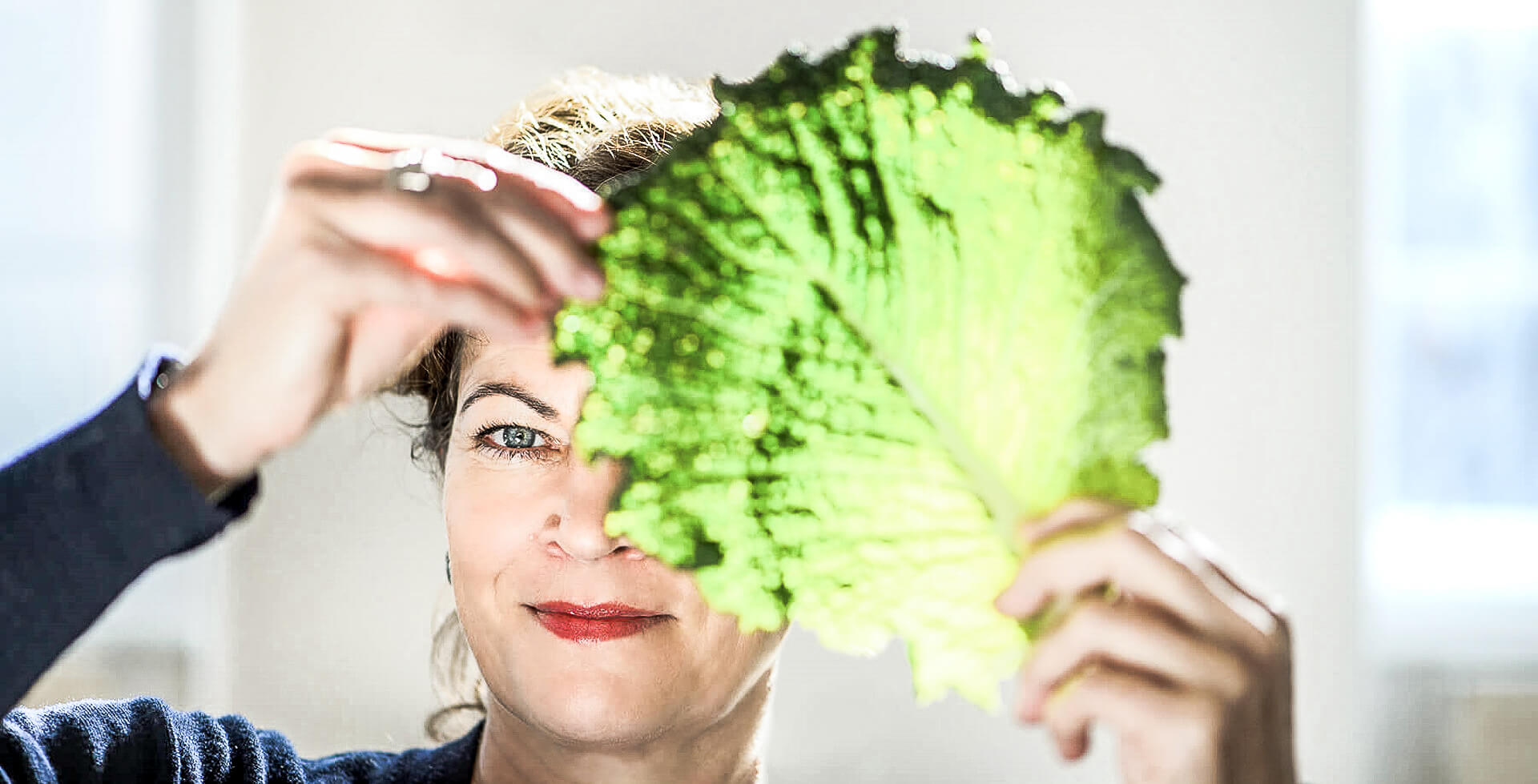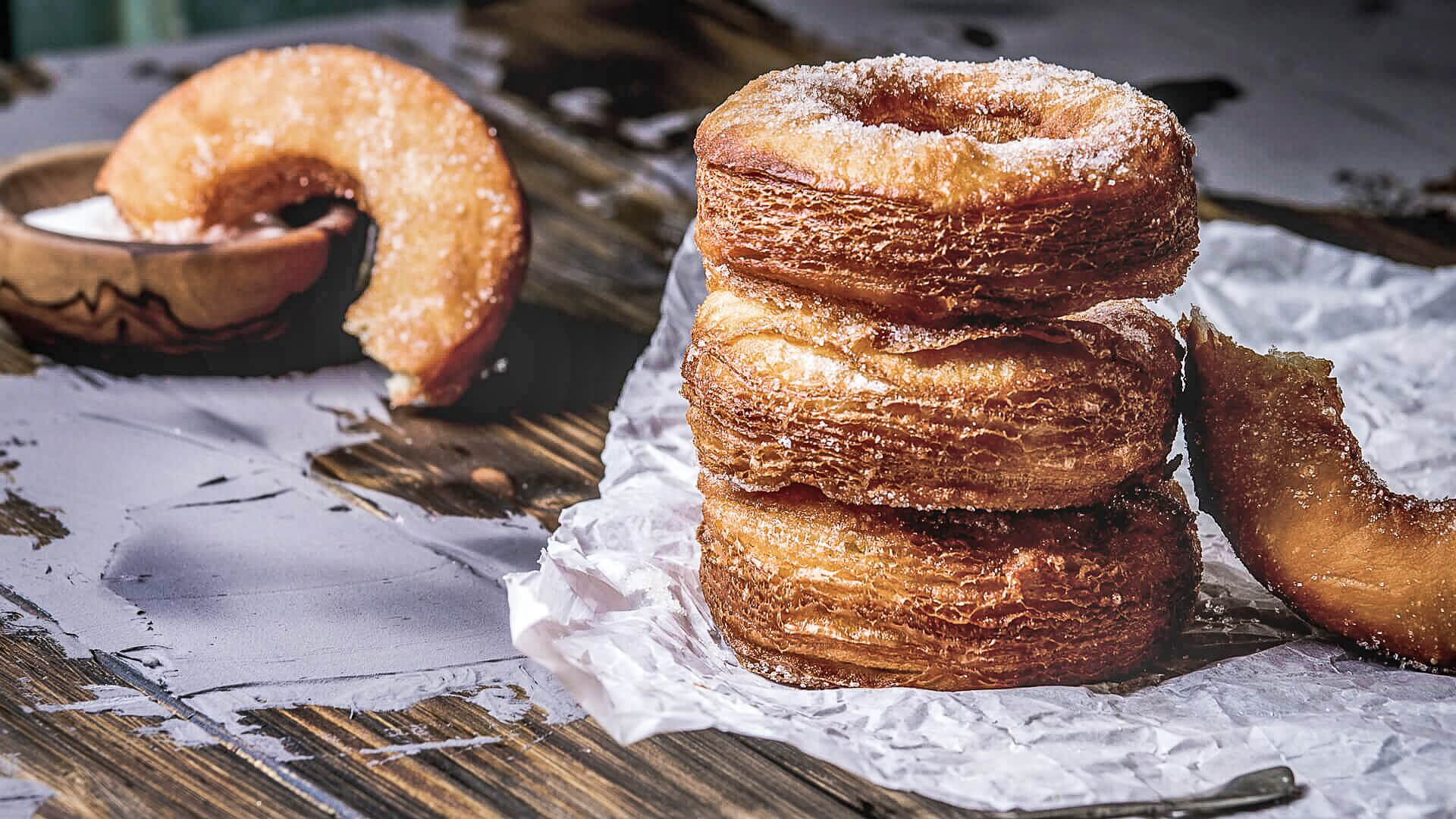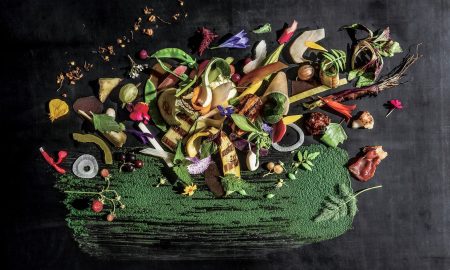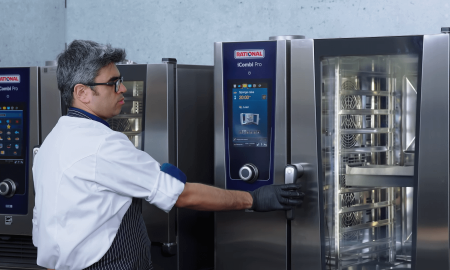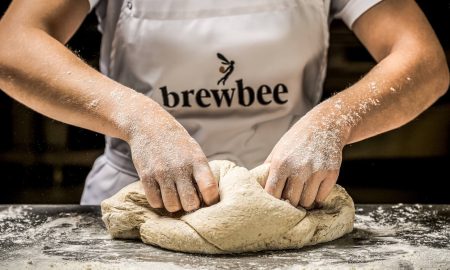Veganism, cronuts, the Atkins diet – all have had their moment in the spotlight. Readers slightly longer in the tooth may even recall the 1970s fondue boom.
Predicting a fad – or, even better, a trend with serious, long-term staying power – of the future is fraught with difficulty, but one abbreviation looks set to dominate 2020 and beyond: CBD.
It stand for cannabidiol, a compound belonging to the cannabinoid family alongside its infamous psychoactive counterpart, tetrahydrocannabinol, (THC). Both can be extracted from hemp and cannabis plants for their numerous medical, culinary and recreational applications.
Statistics show the market is gathering pace. Global financial services firm Barclays estimate the worldwide cannabis trade could almost double in value over the next ten years, to a whopping $272 billion. A National Restaurant Association poll found three quarters of chefs surveyed thought CBD- and cannabis-infused food would be a big trend in food this year.
There exists, however, a gulf between early adoption and defining trend. The CBD market is going strong, but will it really be the dominant foodservice story for the next decade? And, if so, how can expectant chefs make the most of it?
CBD: out of the shadow market
Cannabinoid products have undergone a public relations transformation, emerging from the backrooms of dubious shops and cafés to the foodservice mainstream. US retail entrepreneur Martha Stewart will launch a line of CBD products this year. Hemp and CBD extracts are now mainstays in health shops across Europe and the US.
In markets where CBD is better established, the financial benefits of this are evident. Look at Canada, where cannabis was legalized at the end of 2018. According to GlobalData analysis, this has made the country “the trading center for legal marijuana in the world.” Aurora Cannabis, based in Edmonton, is now the leading supplier to the nascent German medical cannabis market, and revenues have increased 370% since 2016. Plucky start-ups are being catapulted to global conglomerate status.
Firms are keen to integrate newly available cannabinoid derivatives with their existing offering. Dooma Wendschuh, CEO and founder of Canadian firm Province Brands, created one of the first beers to be directly brewed from cannabis. “Beverages could become the most popular form of marijuana consumption here in Canada,” he says. “It was a big challenge to get the product right, but consumers now have a choice – an alternative to coffee or alcohol.” The trailblazing craft brewing industry views THC-infused beer as its next great frontier for exploration.
[URIS id=11012]The most fertile ground for experimentation? The restaurant kitchen. Adventurous restaurateurs are setting a high bar for CBD creativity. The time-honored hash brownie is starting to look decidedly dated. Chefs are cottoning onto the fact that different strains of weed impart different flavors; think a big umami punch to complement mac and cheese, or a buttery, lemony twist to a seafood dish.
Brakes on growth?
Amid all this optimism, growth remains uneven. “The reality is that globally there are still big disagreements as to how the drug should be regulated… many countries see the matter differently,” says a GlobalData report on key growth industries around the world.
This is an understatement. Liberalization is continuing apace in Europe and North America, but other areas are significantly less friendly to CBD entrepreneurialism. Start-ups must navigate legal grey areas in parts of South America and Africa where laws on cannabis are decriminalized or unenforced. Other markets – particularly in the Middle East and Asia – are no-go zones.
Furthermore, continued availability of cannabinoid derived products isn’t guaranteed. Nearly three-quarters of American voters believe the federal government should keep clear of drug regulation. However, president Trump has flip-flopped on the issue and the STATES Act (which would keep pot-smokers in states where cannabis is legal free from federal interference) has been struggling to penetrate Congressional partisanship for a year and a half.
Meanwhile, policymakers in Europe’s biggest markets are slow to expedite cannabis liberalisation laws. Even medical marijuana is only being legalized reluctantly (after Supreme Court intervention in Germany’s case). It all suggests the debate is far from closed, whatever the CBD lobby says.
Moreover, some firms are better equipped to handle ballooning demand than others. Look again at Aurora; revenues have shot up, but so too has debt, increasing 67% since 2017. High fixed costs incurred due to the facilities and resources required to produce and process marijuana are thought to be the cause. Companies attempting to ride the CBD wave risk being submerged without an adequate capital cushion.
Invest now or regret later
But it would be churlish to deny that CBD is taking the world by storm. If anything, feedback from the market has been too positive; demand for cannabis in Canada was such that government-approved outlets for THC infused products had sold out on day one of legalization.
Despite regulatory and cultural diversity, it’s hard to envisage a U-Turn on cannabis policy from early adopters. As well as Canada, cannabis is entirely legal in 11 states across America. Legalisation in South Africa and Georgia, as well as decriminalization in Spain and Portugal, gives the movement a foothold across the globe. It’s thought that partial decriminalization in Australia could give cannabinoid producers a route into the tricky Asian and Middle East market.
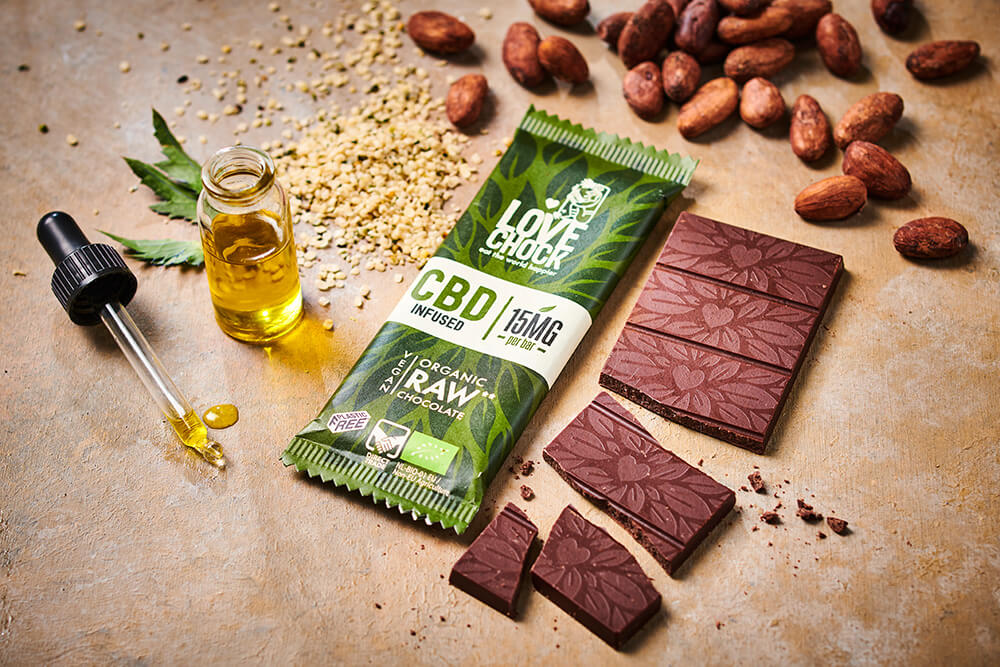
LoveChock CBD Chocolate / Image: LoveChock
Predictions about the CBD market in America alone suggest a compound annual growth rate of over 100% in the years leading up to 2023. The popularity of CBD products among younger consumers acts as a safeguard to this change. A majority of America’s cannabis consumers are estimated to be Millennials. Given they are also less likely to drink alcohol than their parents, the demographic shift is good news for the CBD industry.
Think like one of those innovative restaurateurs. Different strains of weed have different flavor profiles, each with their own unique ability to spice up a staid menu. If you’re not sure where to start, look to America and Canada’s early adopters. Euphoric Food is a great example of a company straddling the divide between haute cuisine and cannabinoids. For a more grassroots view on how CBD may infuse food culture, the not-so-subtly named Extravaganja could be worth a visit.
The key message is preparedness. THC and CBD can be infused, baked and vaped; operators in related markets have a lot to gain from considering how it can be integrated into existing product lines. When CBD legalization hits, canny operators may find having a ready-to-go product to wheel out of the backroom is no bad thing.


